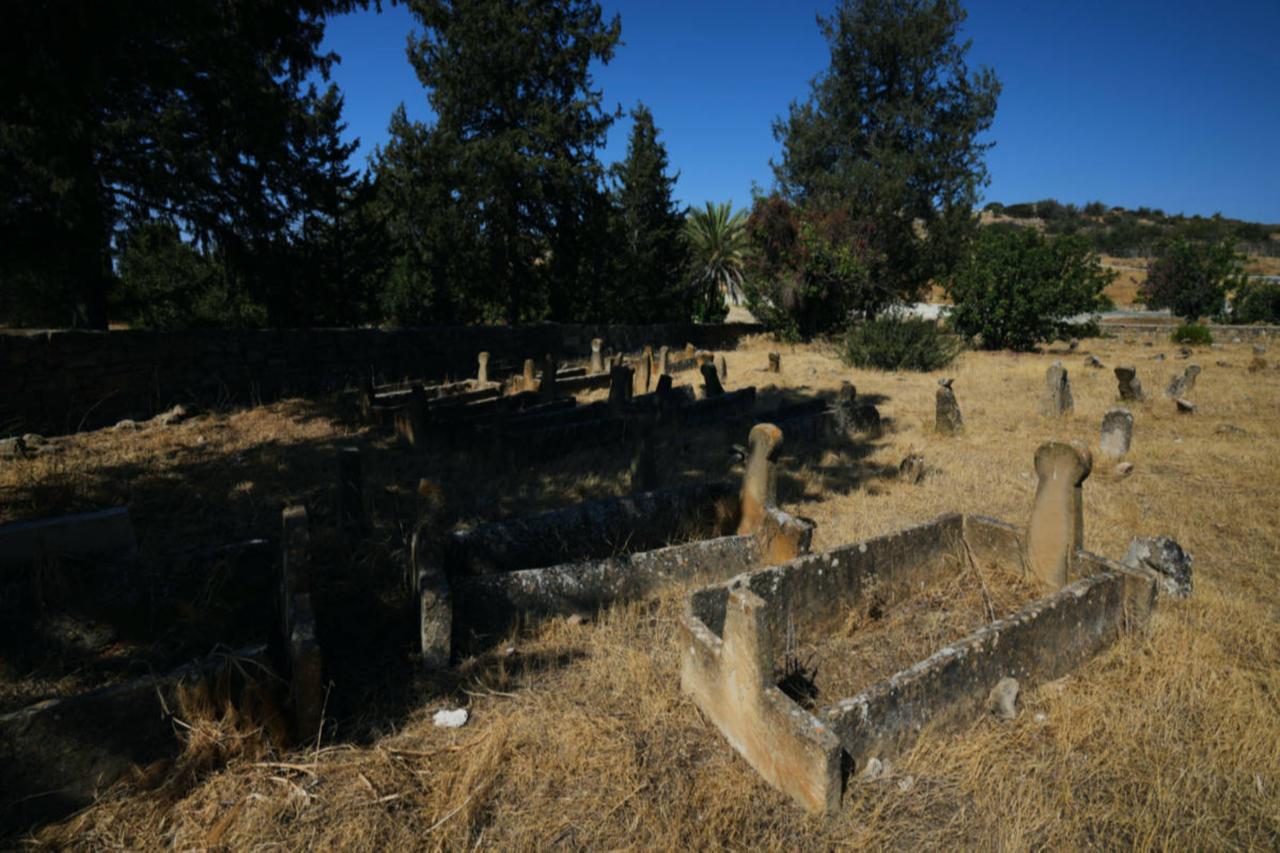
In Cyprus, amid decades of tension between Turkish and Greek Cypriots, leaders have achieved progress on one of the six confidence-building measures agreed under United Nations mediation. Turkish Cyprus President Ersin Tatar and Greek Cypriot leader Nikos Hristodulidis, despite holding opposing views on the island’s unresolved political issues, have advanced efforts to restore and maintain cemeteries on both sides.
Under the U.N.-mediated Cultural Heritage Preservation Committee, Turkish and Greek Cypriots have long worked on repairing mosques on the Greek side and churches on the Turkish side. Earlier this year, restoration work on cemeteries gained momentum after leaders approved the plan in May. The European Union (EU) provided financial support, funding restoration projects worth €700K (around $817K).
Fifteen cemeteries in the Turkish Republic of Northern Cyprus (TRNC) and fifteen in the Greek Cypriot south have been selected. In the northern capital, Nicosia, Balikesir village saw pre-1974 Greek graves restored, including repairing walls and renewing crosses and inscriptions on headstones.
On the Greek Cypriot side, cemeteries in the village of Taskent were chosen. This site is historically marked by the 1974 Cyprus Peace Operation, during which 85 Turkish Cypriots were killed and buried in mass graves.
Restoration work included repairing walls dating back to the Ottoman period and renewing headstones. The remains of those killed are located in a separate memorial in the TRNC.